+91 9884683139
talk to our Destination
specialist

Japan is truly timeless, a place where ancient traditions are fused with modern life as if it were the most natural thing in the world.
On the surface Japan appears exceedingly modern, but travelling around it offers numerous opportunities to connect with the country's traditional culture. Spend the night in a ryokan (traditional Japanese inn), sleeping on futons and tatami mats, and padding through well-worn wooden halls to the bathhouse (or go one step further and sleep in an old farmhouse). Meditate with monks or learn how to whisk bitter matcha (powdered green tea) into a froth.
From the splendour of a Kyoto geisha dance to the spare beauty of a Zen rock garden, Japan has the power to enthral even the most jaded traveller.
Japan is a long and slender, highly volcanic archipelago. It's over two-thirds mountains, with bubbling hot springs at every turn. In the warmer months there is excellent hiking, through cedar groves and fields of wildflowers, up to soaring peaks and ancient shrines (the latter founded by wandering ascetics).
Key Facts
12,64,40,072
Tokyo
Japanese Yen
Japanese
Time: GMT +9
Mar-Jun/Sep-Dec

In the winter, all this is covered with snow and the skiing is world class. Meanwhile in the southern reaches, there are tropical beaches for sunning, snorkelling and diving.
Japan is incredibly easy to get around: you can do a whole trip using nothing but its immaculate, efficient public transport. The shinkansen (bullet train) network now runs all the way from the southern tip of Kyūshū (the southernmost of Japan's major islands) up to Hokkaidō (its northernmost), and reasonably priced rail passes make it affordable.
Major cities have subway networks that are signposted in English and these days we're seeing and hearing more English all over. But if getting off the beaten track and outside your comfort zone is what you're after, you can have that experience, too.
Wherever you are in Japan, it seems, you're never far from a great meal. Restaurants often specialise in just one dish – perhaps having spent generations perfecting it – and pay close attention to every stage, from sourcing the freshest, local ingredients to assembling the dish attractively.
And as you'll quickly discover, Japanese cuisine has great regional variations. The hearty hotpots of the mountains are, for example, dramatically different from the delicate sushi for which the coast is famous. It's also intensely seasonal, meaning you can visit at a different time of year and experience totally new tastes.
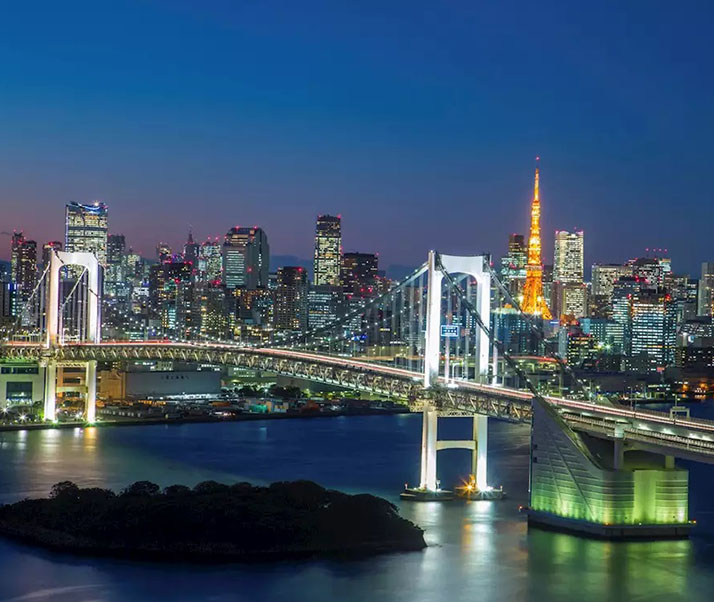
Tradition Meets Modern in Japan’s Capital
Explore historic Asakusa neighbourhood, its ancient sacred temple, Sensō-ji and Nakamise Shopping Street
Make your way to the Observation Deck of Tokyo Skytree
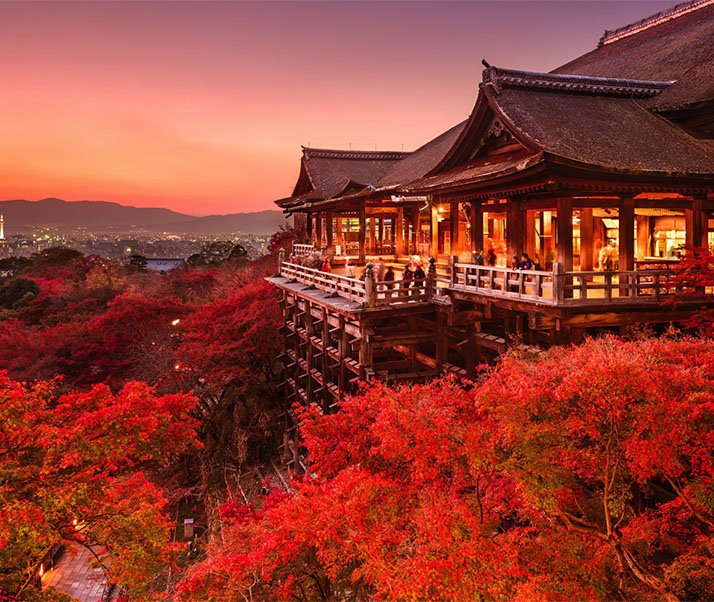
The Old Imperial capital and cultural heart of Japan
Visit Nanzen-ji Temple, a traditional wooden temple and Kiyomizu-dera Temple, with its stunning hill top views at Higashiyama
Explore the Nijo-jo Castle, a 17th century castle complex
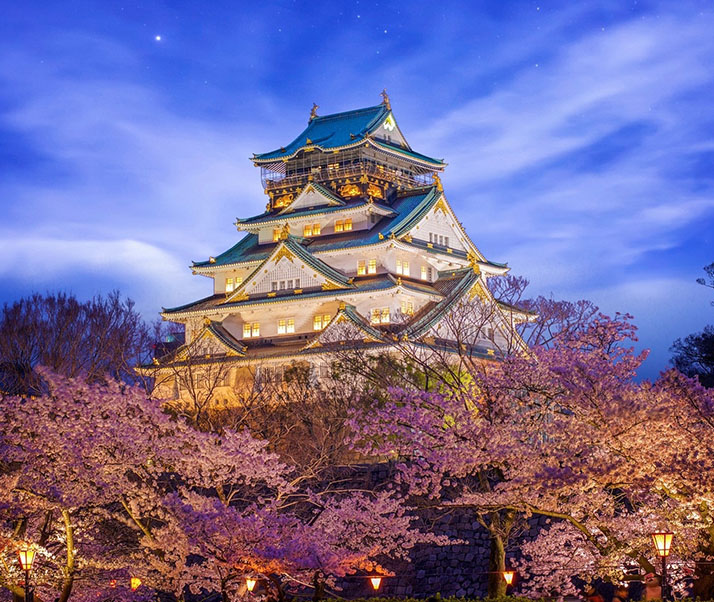
Bright, Gaudy and Playful
Marvel at the unrivalled view of Osaka From top of Abeno Harukas, the tallest building in Osaka
Visit Osaka Castle and Nishinomaru Garden, a real cultural, historical and beautiful landmark of Osaka
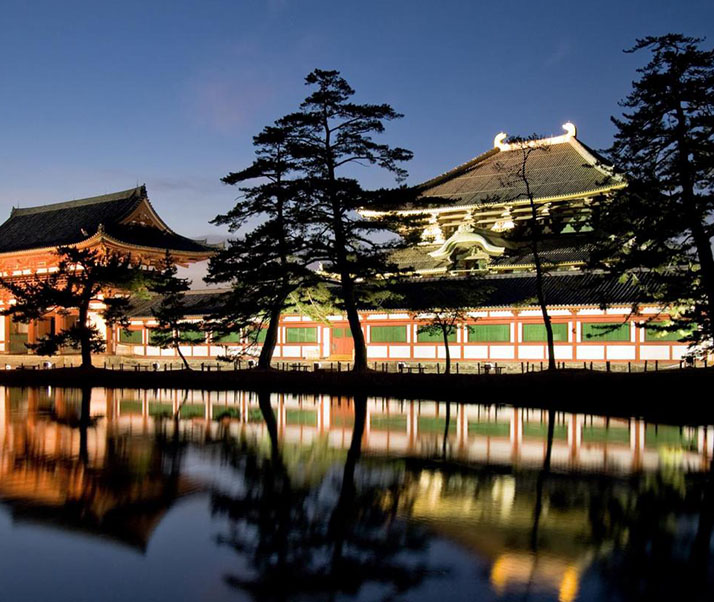
Japan's Oldest Capital
Feed the deer at Nara Park, a sprawling area of hills, forests, and ponds with lots of meandering paths
Explore the maze of paths around Kasuga-Taisha Shrine, nestled in a forest of pathways, trees, and stone lanterns
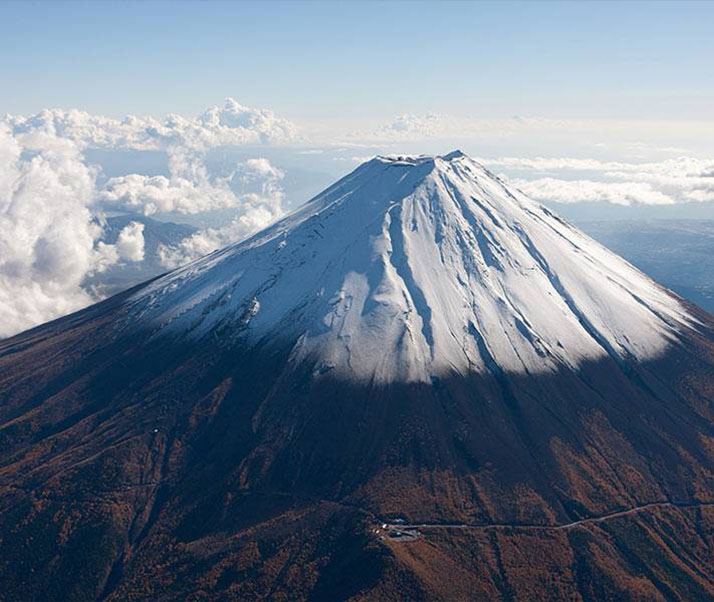
World Heritage Site and Japan’s Highest Mountain
Enjoy stunning views at Kawaguchiko 5th station and the Five Mount Fuji Lakes, a popular starting point for people climbing Mount Fuji
Explore Aokigahara-jukai forest and lava caves